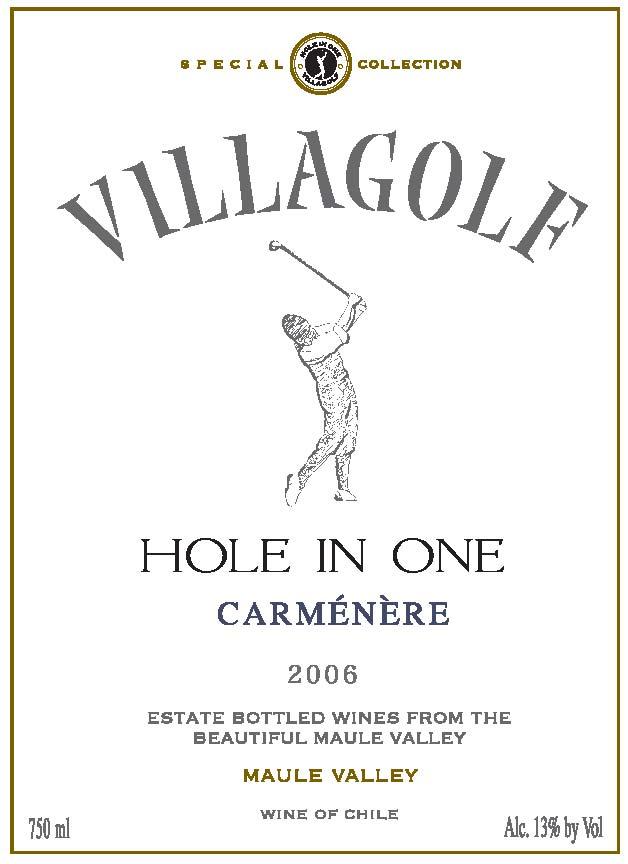2006 Maule Valley Carmenere
Hole In One is a captivating red wine from the esteemed 2006 vintage, expertly crafted from Carmenere grapes grown in the picturesque Maule Valley. This medium-bodied delight showcases a vibrant, ruby hue that hints at the rich flavors within. With its medium acidity, the wine exhibits a pleasing balance that enhances its fruitiness, characterized by prominent notes of black cherry and plum, interwoven with subtle hints of spice. The tannins are soft yet noticeable, providing a smooth mouthfeel that invites another sip. This wine is beautifully dry, allowing the fruit and earthy undertones to shine through, making it a fantastic companion for hearty dishes or a cozy evening by the fire.
Hole In One is a captivating red wine from the esteemed 2006 vintage, expertly crafted from Carmenere grapes grown in the picturesque Maule Valley. This medium-bodied delight showcases a vibrant, ruby hue that hints at the rich flavors within. With its medium acidity, the wine exhibits a pleasing balance that enhances its fruitiness, characterized by prominent notes of black cherry and plum, interwoven with subtle hints of spice. The tannins are soft yet noticeable, providing a smooth mouthfeel that invites another sip. This wine is beautifully dry, allowing the fruit and earthy undertones to shine through, making it a fantastic companion for hearty dishes or a cozy evening by the fire.




